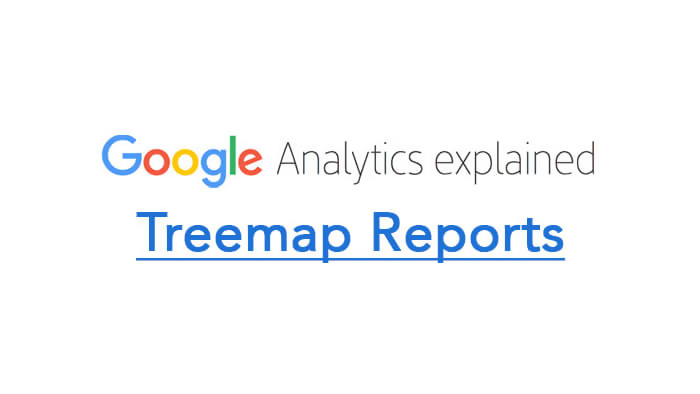
Over the last few months, Google has introduced a treemap display in its Analytics suite. If the term treemaps is not familiar, then take a peak at the image below to learn what one looks like.
You may seen something similar, as treemaps have grown popular in news outlets to explain scale across several items. Treemaps appear as a large rectangle divided by smaller rectangles just like a pie chart. Each rectangle represents a dimension, while the size and color of each rectangle is dependent on a given metric or set of metrics.
Treemaps are meant to display data simply, just like a pie chart. But unlike a pie chart, a treemap allows convenient visualization with multiple pieces to quickly highlight the largest influence of a data set. The color and size of the rectangles are mapped into patterns that infer the significance of correlated data.
The simplicity of treemaps makes visualizing data subsets in a small display area easier. Because the rectangles are meant to establish a visually hierarchy, the magnitude of segments can be viewed regardless of the size of the overall treemap.
Google Analytics treemaps were added to the Acquisition channels so users can quickly and intuitively develop hypotheses about incoming traffic. The treemaps permit plots of volume metrics (like Sessions or Transactions) against any relative metric (like Pages/Session or Avg. Session Duration).
This setup allows you to instantly compare the performance of different channels based on metrics that are most relevant to you. Using such comparisons can highlight ideas for improved marketing and direct resources accordingly.















Post Your Comment
Comments